End: 01 Nov 2015
Location: Christian Dior Museum
Address: 1 Rue d'Estouteville, 50400 Granville, France
The #Kudos%20Karl. J'esp%C3%A8re%20vous%20revoir%20tr%C3%A8s%20bient%C3%B4t!</h2></div>">Christian Dior museum debuts the exhibition Dior, the Revolution of the New Look today, offering a journey through the Dior universe and its creation from 1947 to 2015, based upon the original momentum of both the "Bar" suit and the New Look by the founding designer.
The exhibition features around 80 Haute Couture garments from Christian Dior to Raf Simons, about 30 photographs, around 50 documents, New Look memories, manuscripts, original sketches, Miss Dior perfume bottles, mini-replica of the "Bar" suit, New Look dolls, "suit" patterns and toiles.
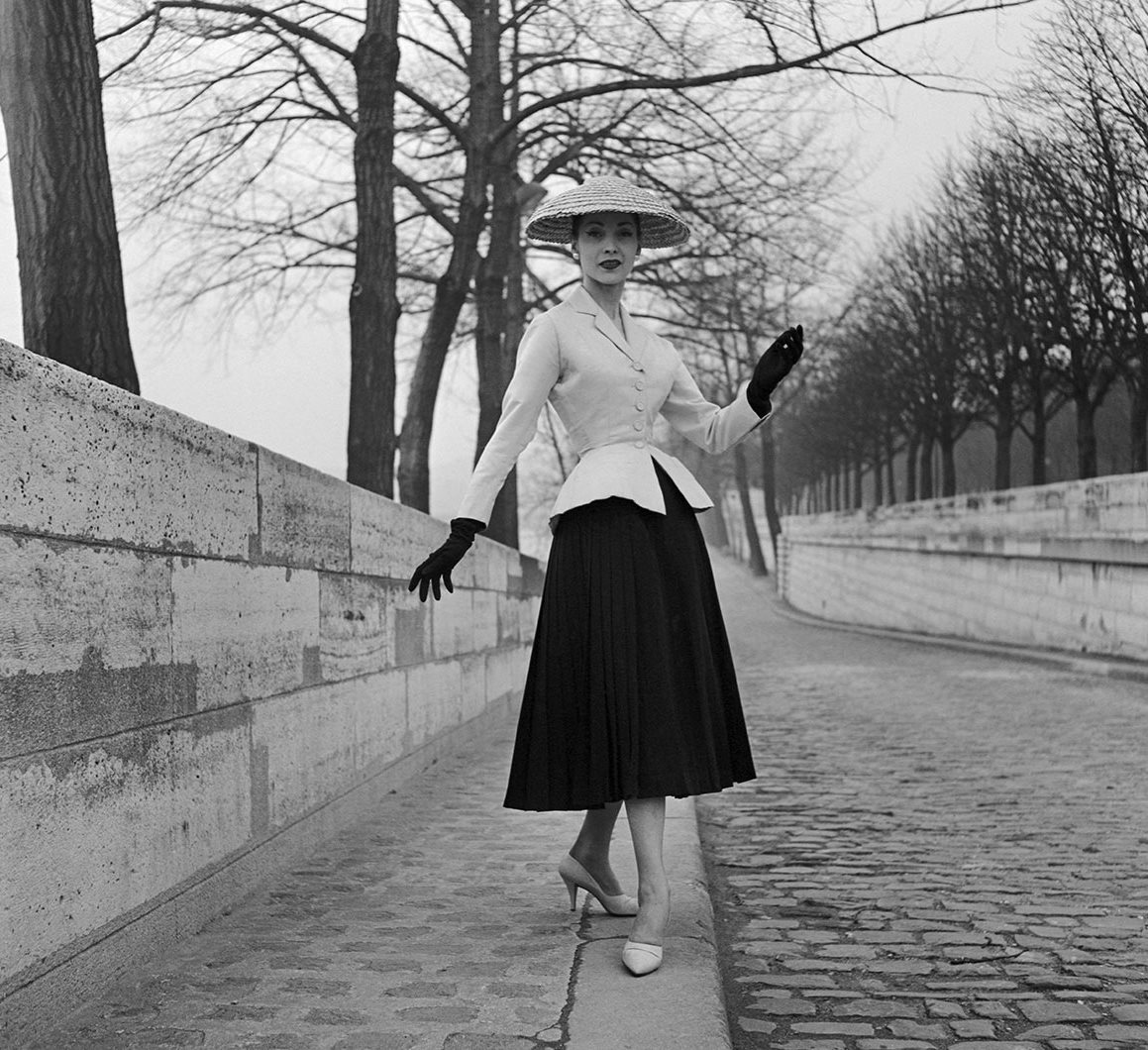
The Revolution of the New Look
Back in 12 February 1947, Christian Dior unveiled his first haute couture collection in his newly founded House located on 30 avenue Montaigne in Paris. The occasion was an unprecedented event in the fashion scene at the time, and the milestone led to the rise to fame for the couturier.
It was on that day that Dior laid the foundations for the New Look, establishing the founding manifesto of the Dior style.
His designs revolutionised the aesthetics of the 1940's at the time, and heralded the revival of elegance and refinement leading into the 1950's.
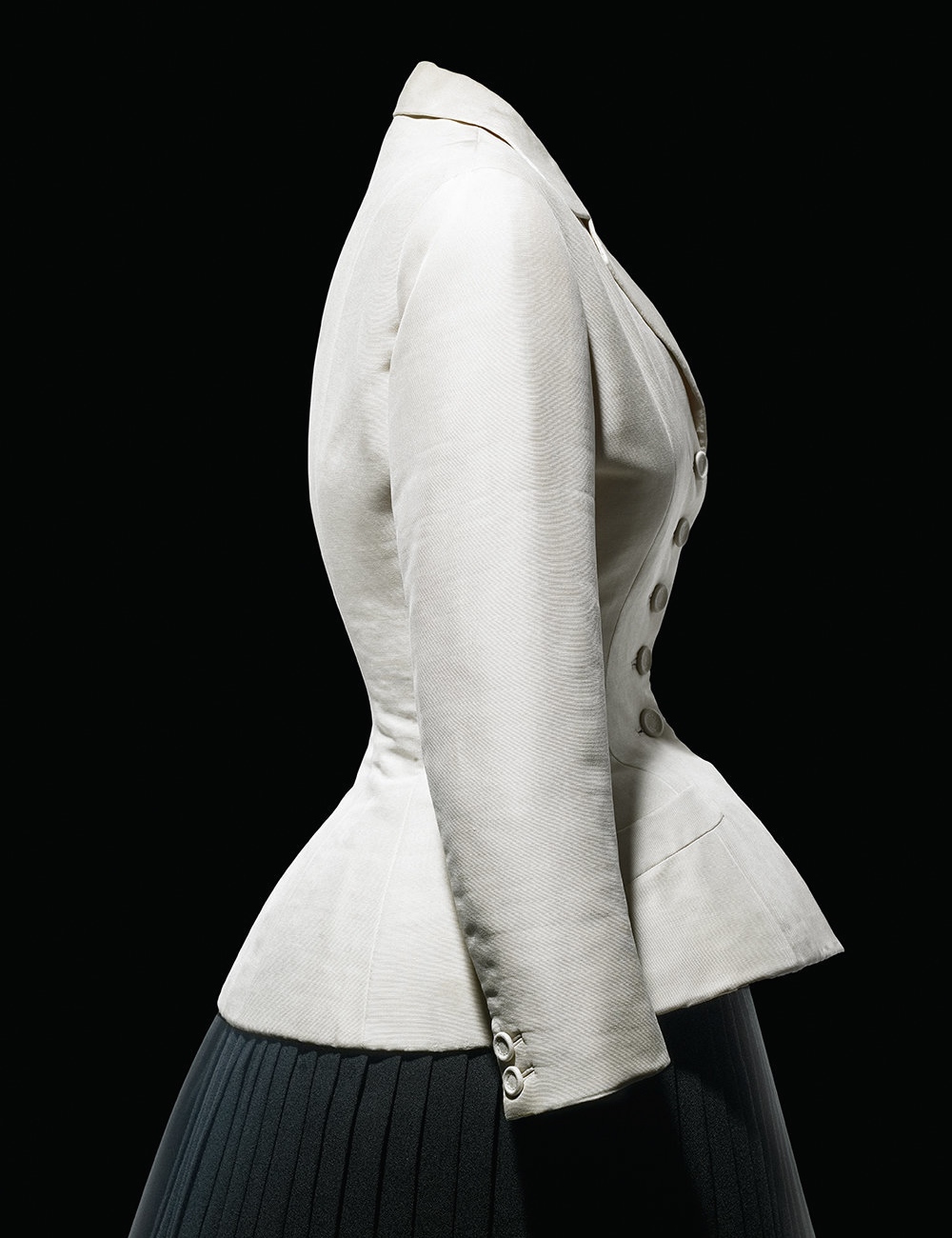

The drastic change in the wardrobe of women marked a metamorphosis following World War II. Within this era of reconstruction, Christian Dior created a look for the future, a reinstatement of an exultant femininity.
The female silhouette, which during the war tended to be rather masculine and straight-lined, became seductive, elegant and ultra-feminine in the French designer's hands, with an accent on curves.

The Birth of the Bar Suit
The waist of the female silhouette became very defined, the chest rounded and the shoulders narrowed. This was a revolution in the world of fashion. And thus the New Look was born, and the "Bar suit" was its emblem.
This genuine New Look icon became an important part of the artistic lineage of the House of Dior for the upcoming decades. Artistic directors who came after the founding father of the House would regularly pay tribute to this original manifesto, with their own interpretations.
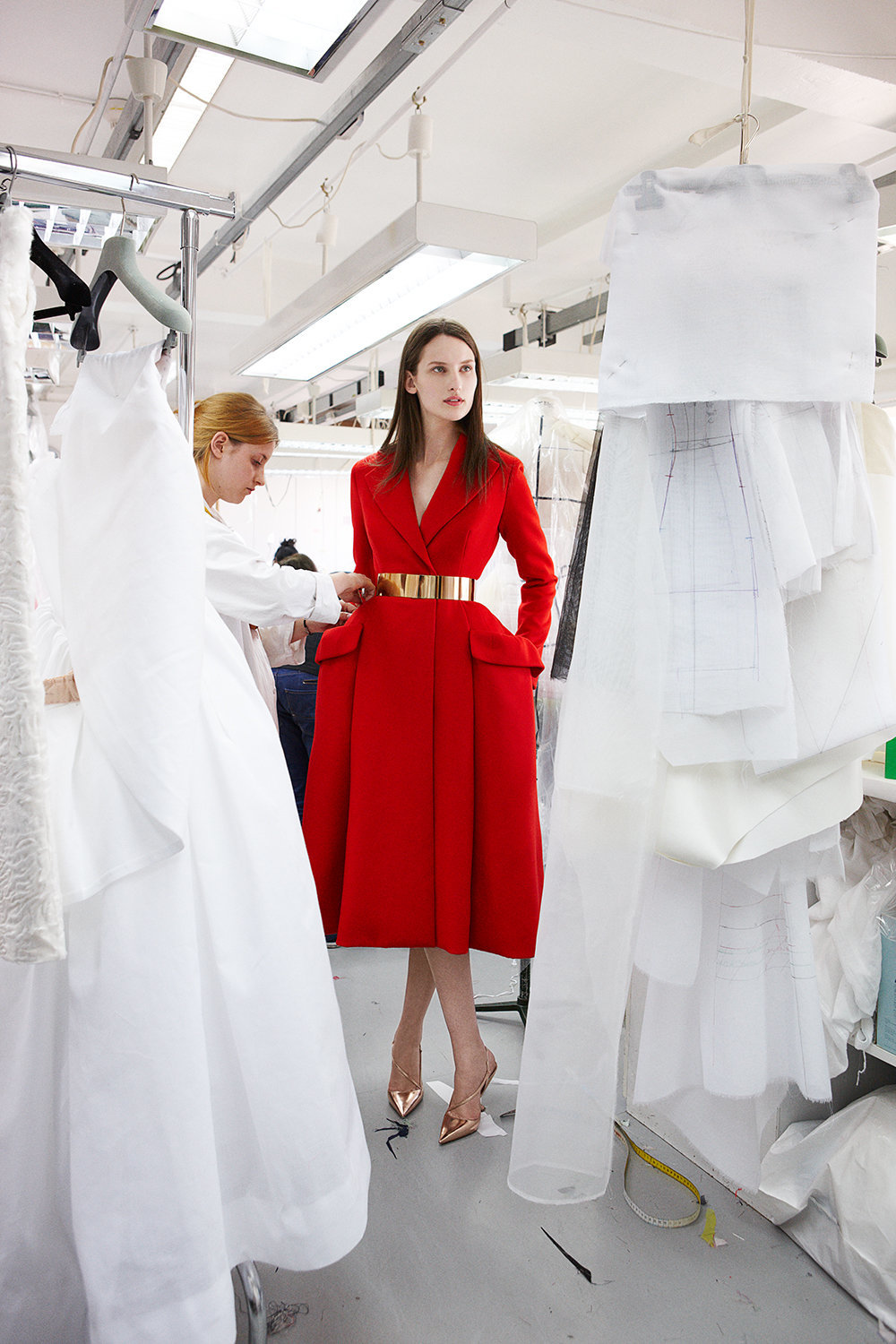
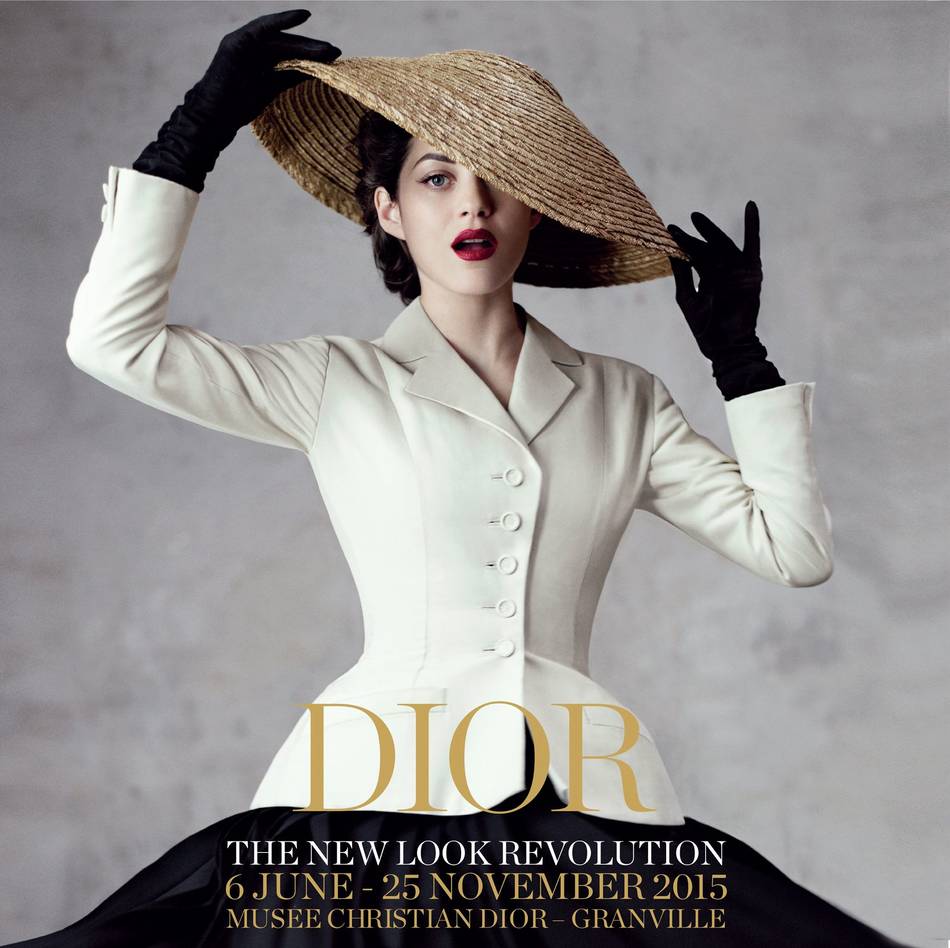









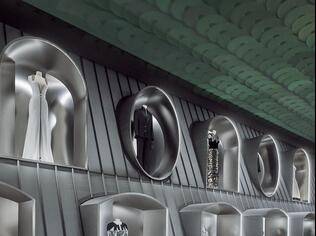





SENATUS Member Comments